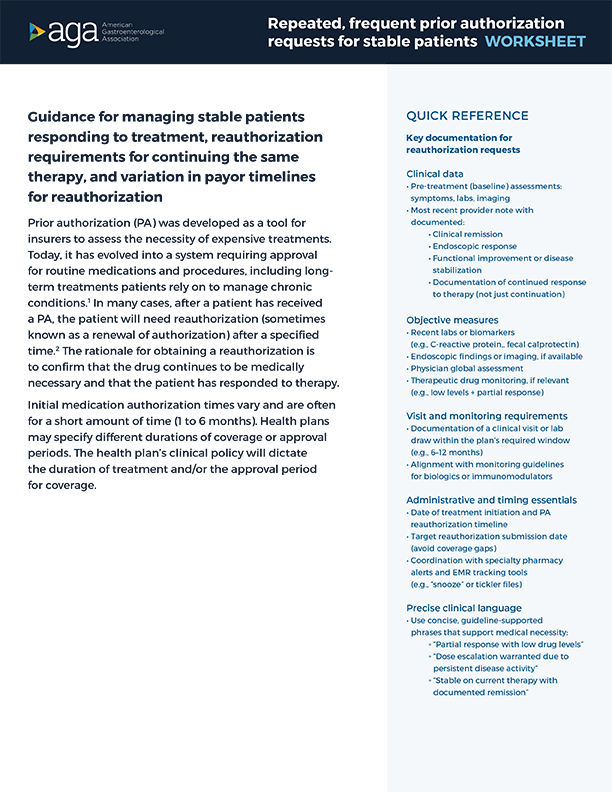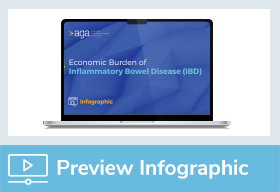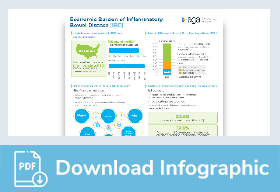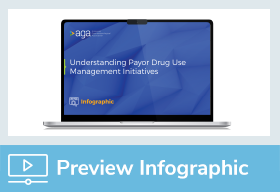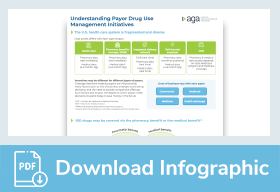Step-by-step appeal worksheets

Our checklists increase the likelihood of a successful appeal.
We provide a list of the key documentation needed and tips to expedite your request.
-
Utilization management hurdles
-
Repeated, frequent prior authorization requests
-
Non-medical switching
-
Dose and/or frequency limitations
Test your knowledge

Test your knowledge on the above infographics and worksheets by taking this quiz. Besides being a fun way to verify your understanding, the feedback is helpful to AGA to confirm the information was presented in an easy-to-understand manner.
Additional resources

Insights


